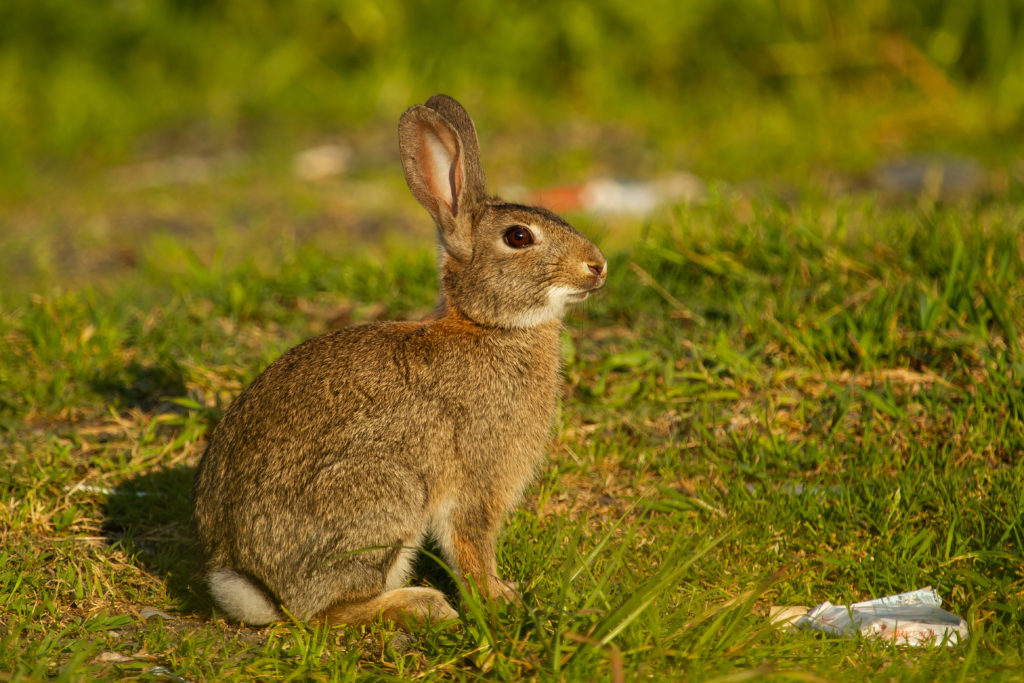Are there biomarkers that can be related to previous ingestion by wild animals?

First of all, mention why it can be interesting to know the levels of previous intake of an animal, that is, how much has that animal eaten?
Imagine that we want to carry out an analysis of the distribution of a certain species. That is, if there are too many or too few rabbits in a given area. A good question would be: What causes there to be more or fewer rabbits? In this case, the feeding level of these animals may be behind their survival, and finding biomarkers could be interesting as a tool in the conservation of this species.
The article entitled “Nutritional Metabolites as Biomarkers of Previous Feed Intake in European Rabbit (Oryctolagus cuniculus): Applications on Conservation”, recently published in the journal Animals and produced by the
universities UCHCEU, UPV, UCO and Aarhus University, attempts to respond to these questions. For this, blood plasma data from two groups of animals were obtained. Those who had previously eaten little, and those who had eaten a normal amount of food. To simplify, animals with LOW intake and with NORMAL intake.
From these animals, a series of metabolites were analyzed to find out whether or not they could be used as indicators of previous ingestion. The metabolites analyzed were some related to energy metabolism: Glucose and NEFAs. As well as with protein metabolism: PUN, Albumin, Total Protein, among others. What do we observe? That, just as some of them presented similar values between the two groups (not serving as biomarkers), three of them had different levels. Specifically Glucose, NEFA and PUN. Which indicates that they could be indicators of a different nutritional status.
And will there be some more? This is precisely what we intend to study in later works.

First of all, mention why it can be interesting to know the levels of previous intake of an animal, that is, how much has that animal eaten?
Imagine that we want to carry out an analysis of the distribution of a certain species. That is, if there are too many or too few rabbits in a given area. A good question would be: What causes there to be more or fewer rabbits? In this case, the feeding level of these animals may be behind their survival, and finding biomarkers could be interesting as a tool in the conservation of this species.
The article entitled “Nutritional Metabolites as Biomarkers of Previous Feed Intake in European Rabbit (Oryctolagus cuniculus): Applications on Conservation”, recently published in the journal Animals and produced by the universities UCHCEU, UPV, UCO and Aarhus University, attempts to respond to these questions. For this, blood plasma data from two groups of animals were obtained. Those who had previously eaten little, and those who had eaten a normal amount of food. To simplify, animals with LOW intake and with NORMAL intake.
From these animals, a series of metabolites were analyzed to find out whether or not they could be used as indicators of previous ingestion. The metabolites analyzed were some related to energy metabolism: Glucose and NEFAs. As well as with protein metabolism: PUN, Albumin, Total Protein, among others. What do we observe? That, just as some of them presented similar values between the two groups (not serving as biomarkers), three of them had different levels. Specifically Glucose, NEFA and PUN. Which indicates that they could be indicators of a different nutritional status.
And will there be some more? This is precisely what we intend to study in later works.
Publicado por:
Pablo Jesús Marín García
